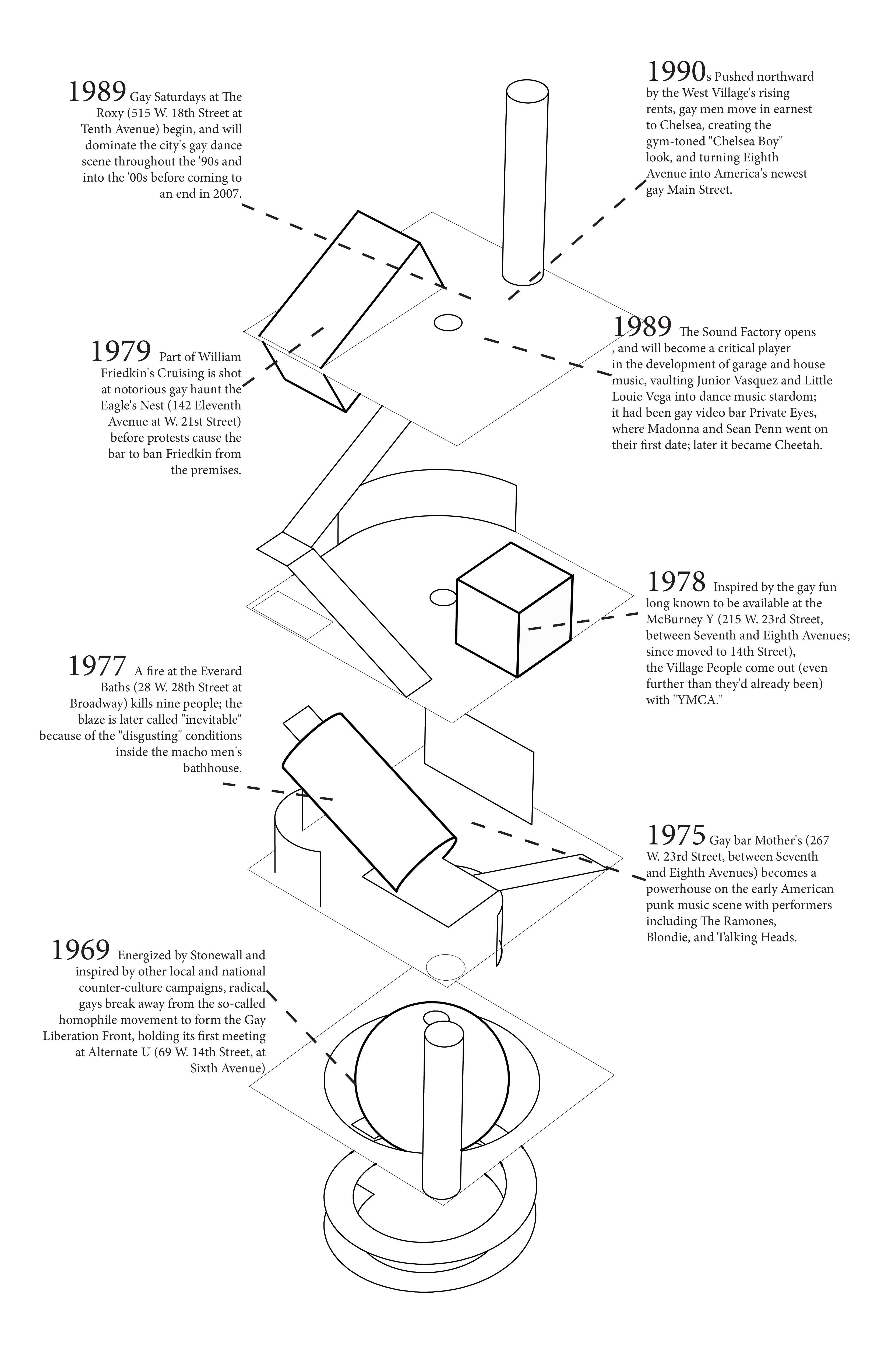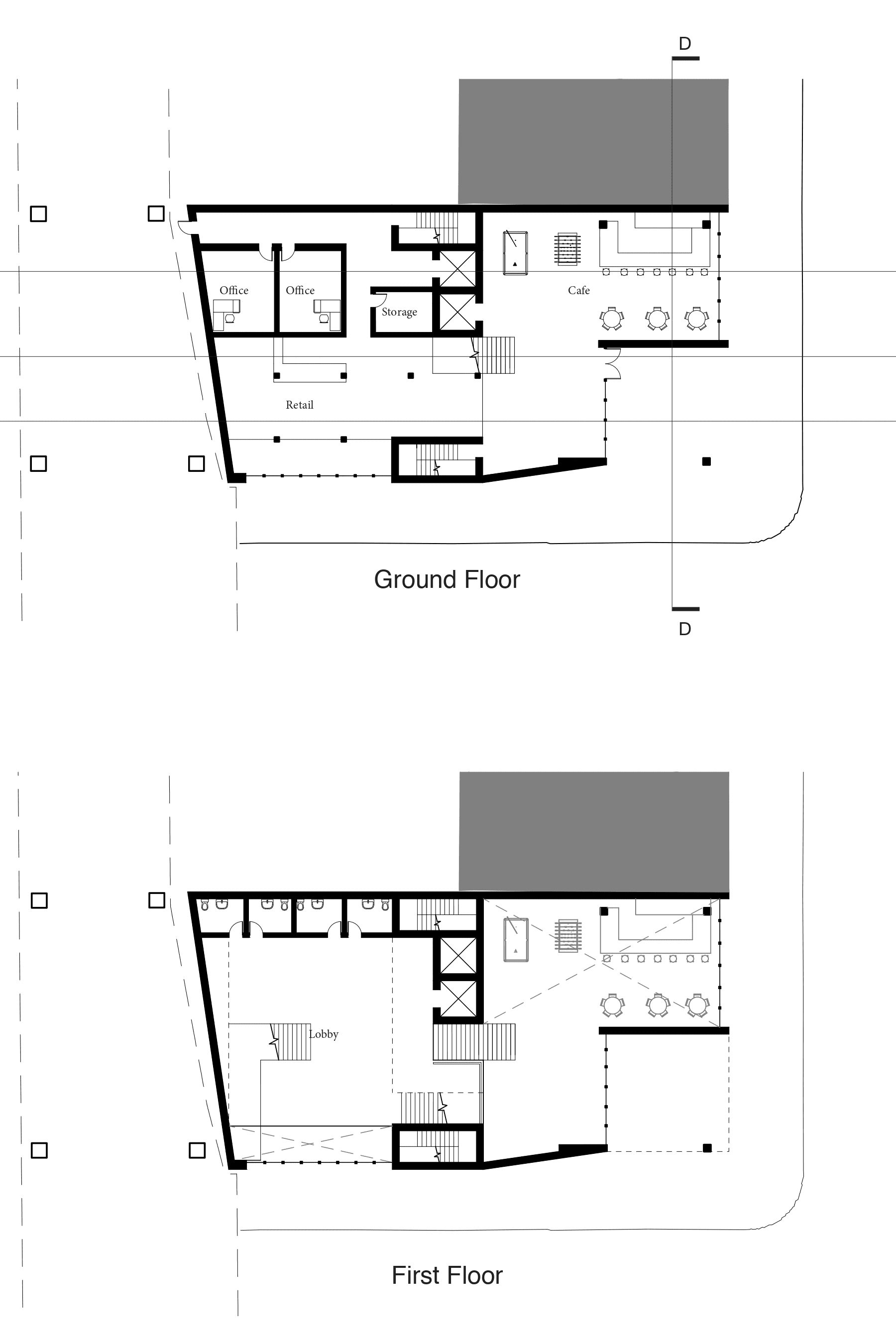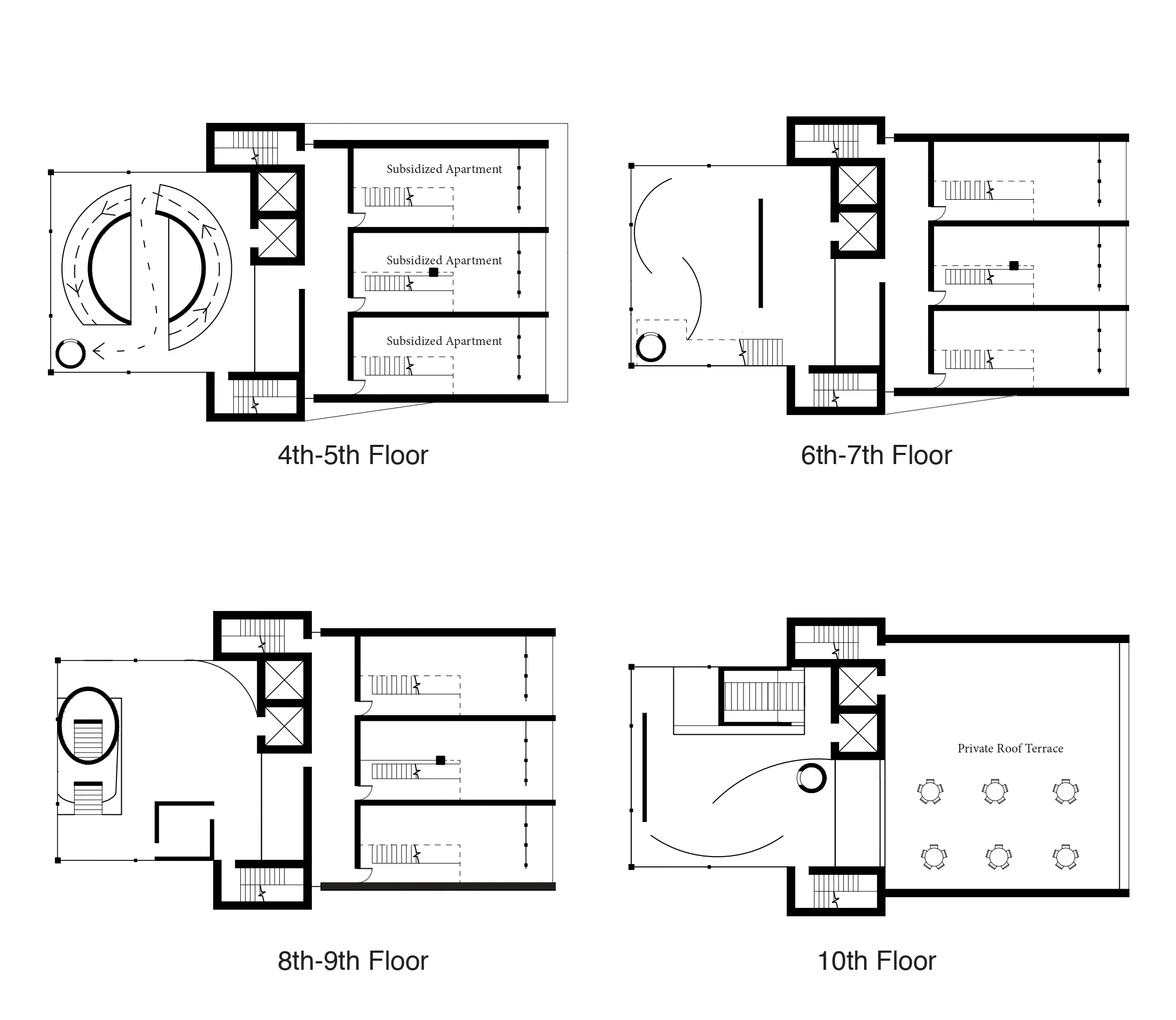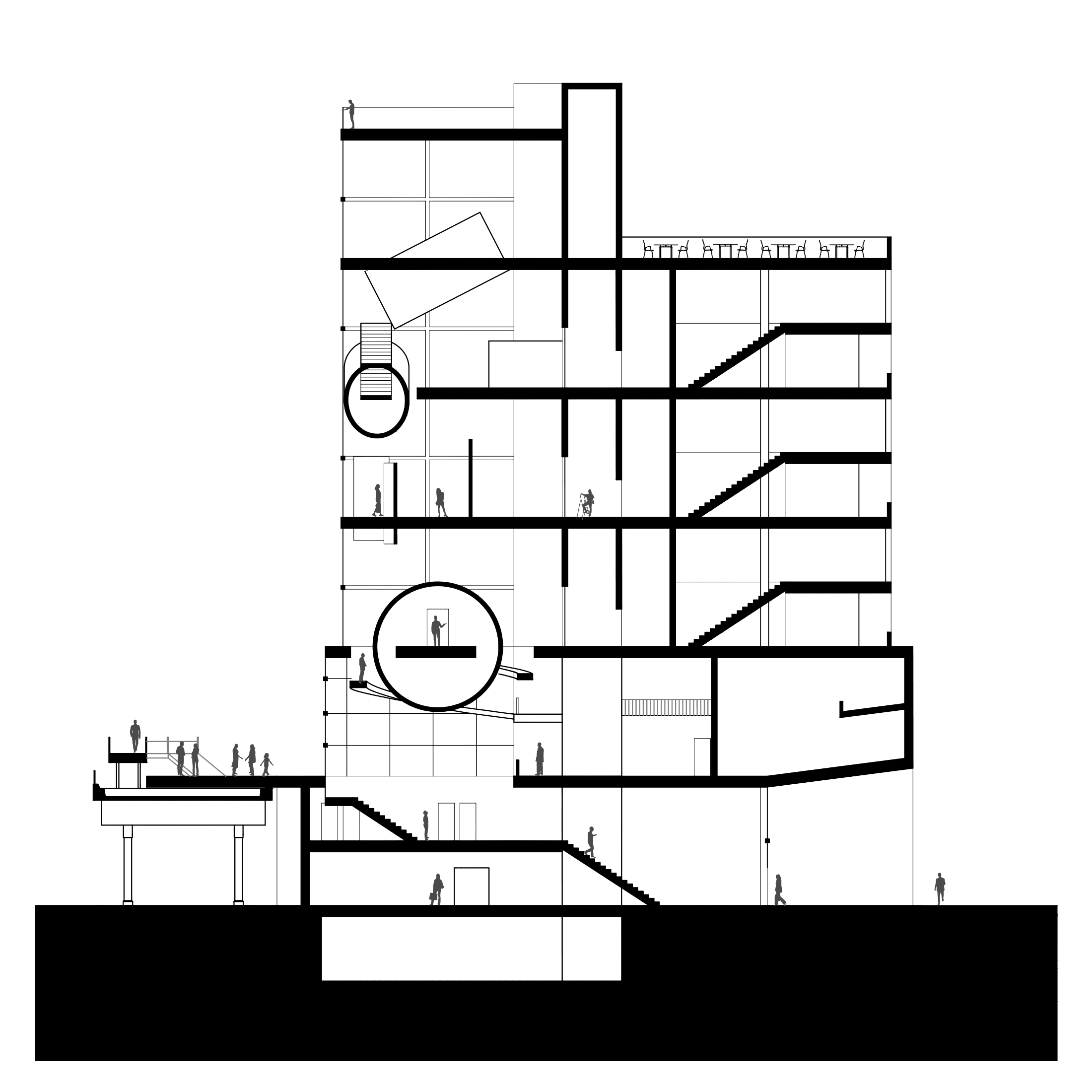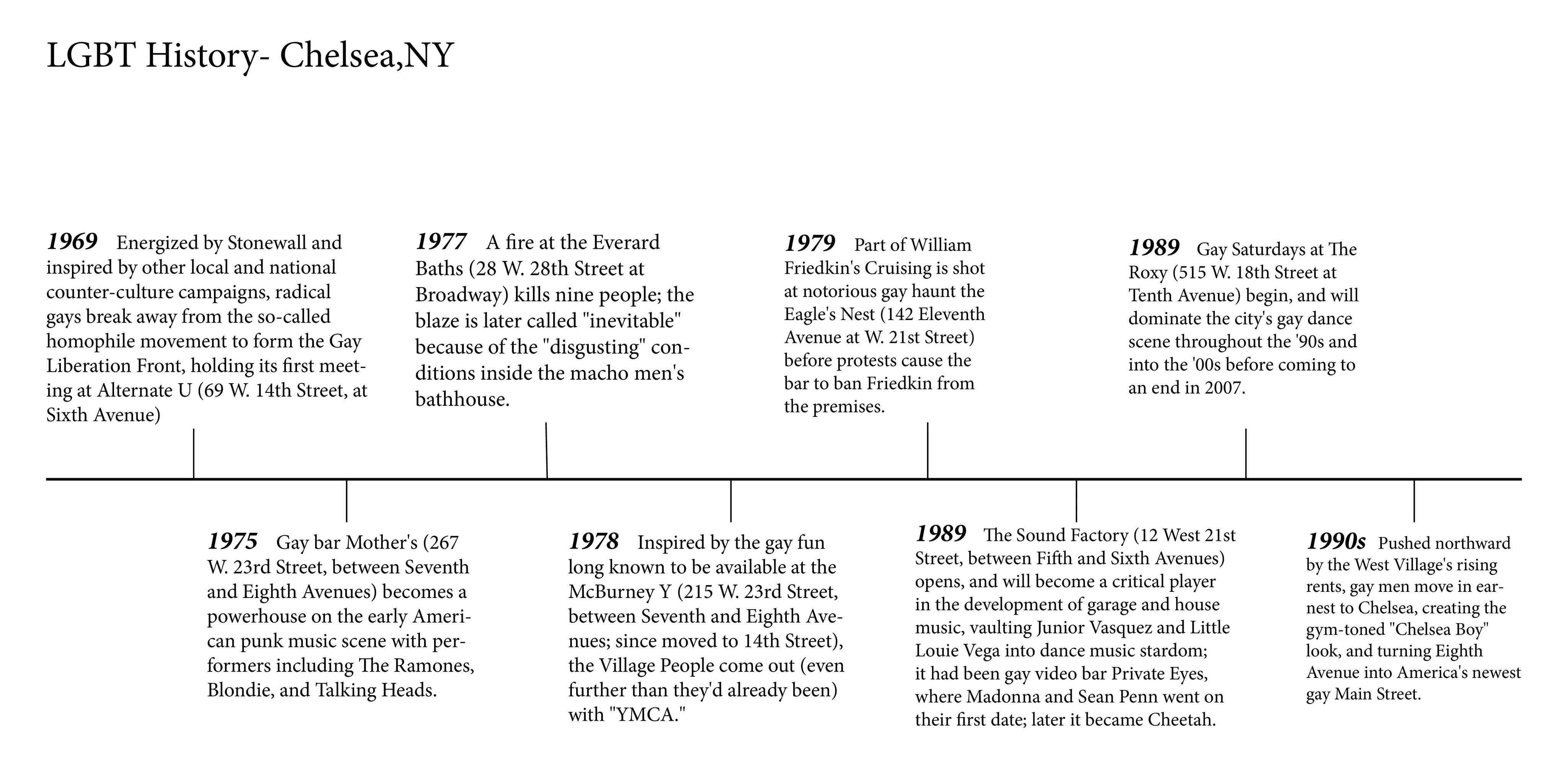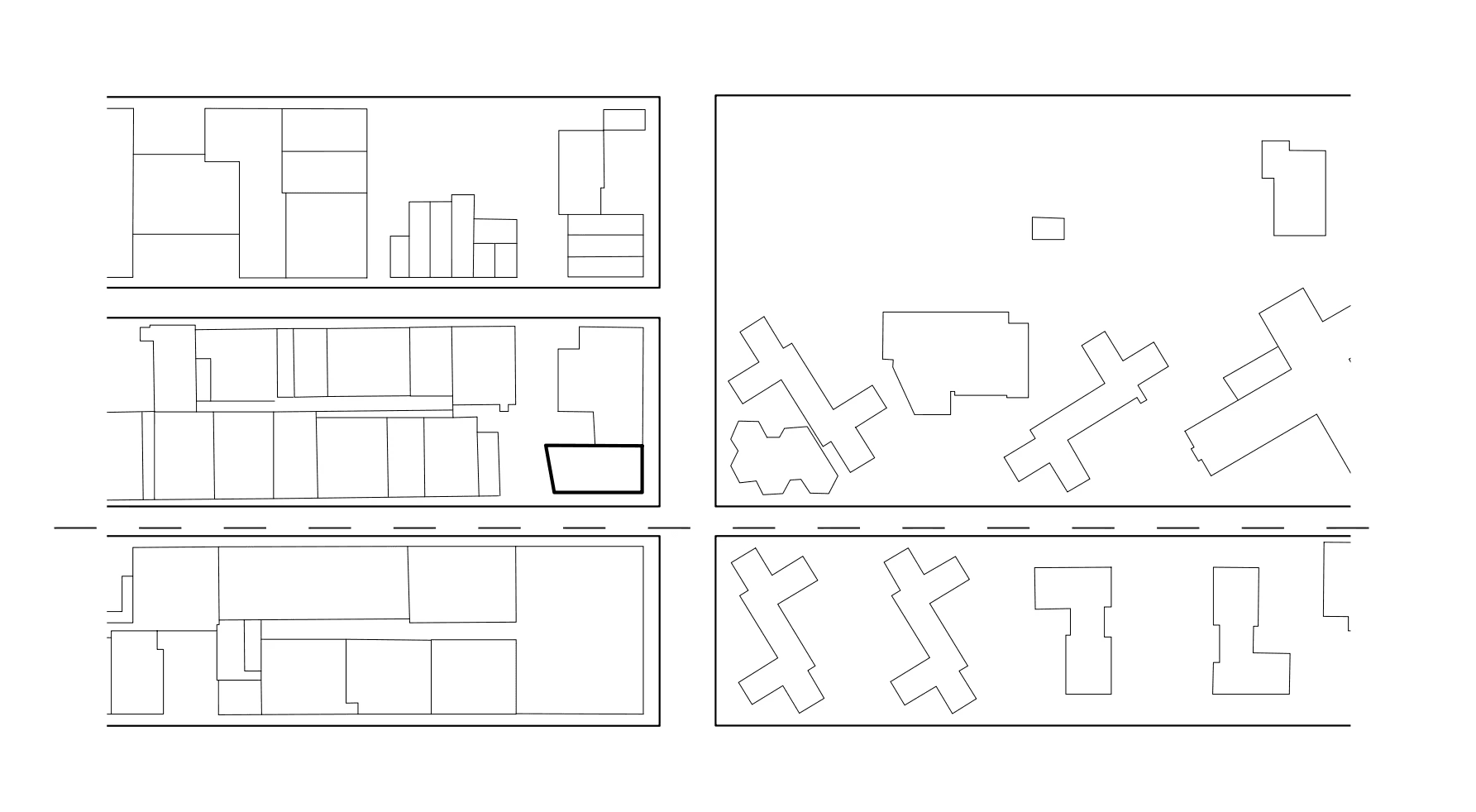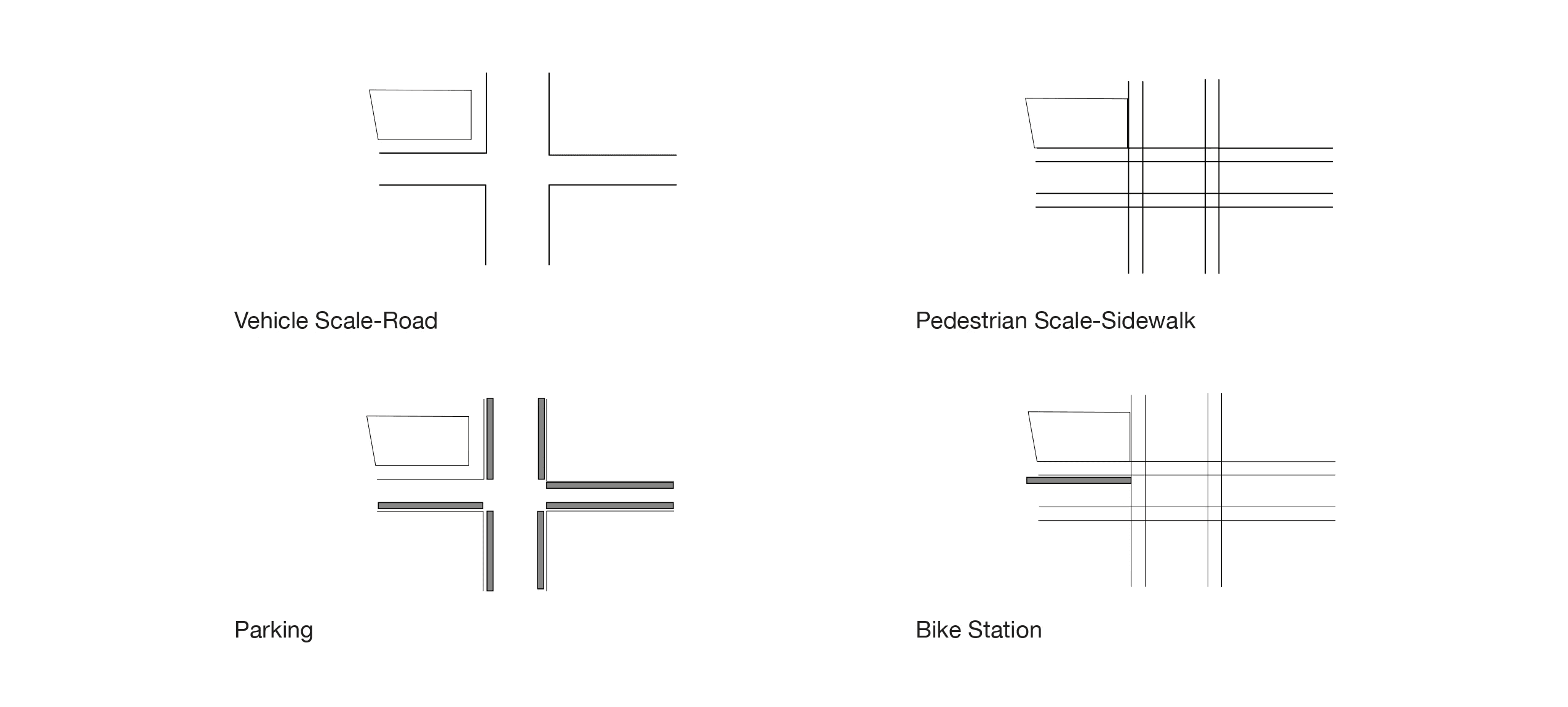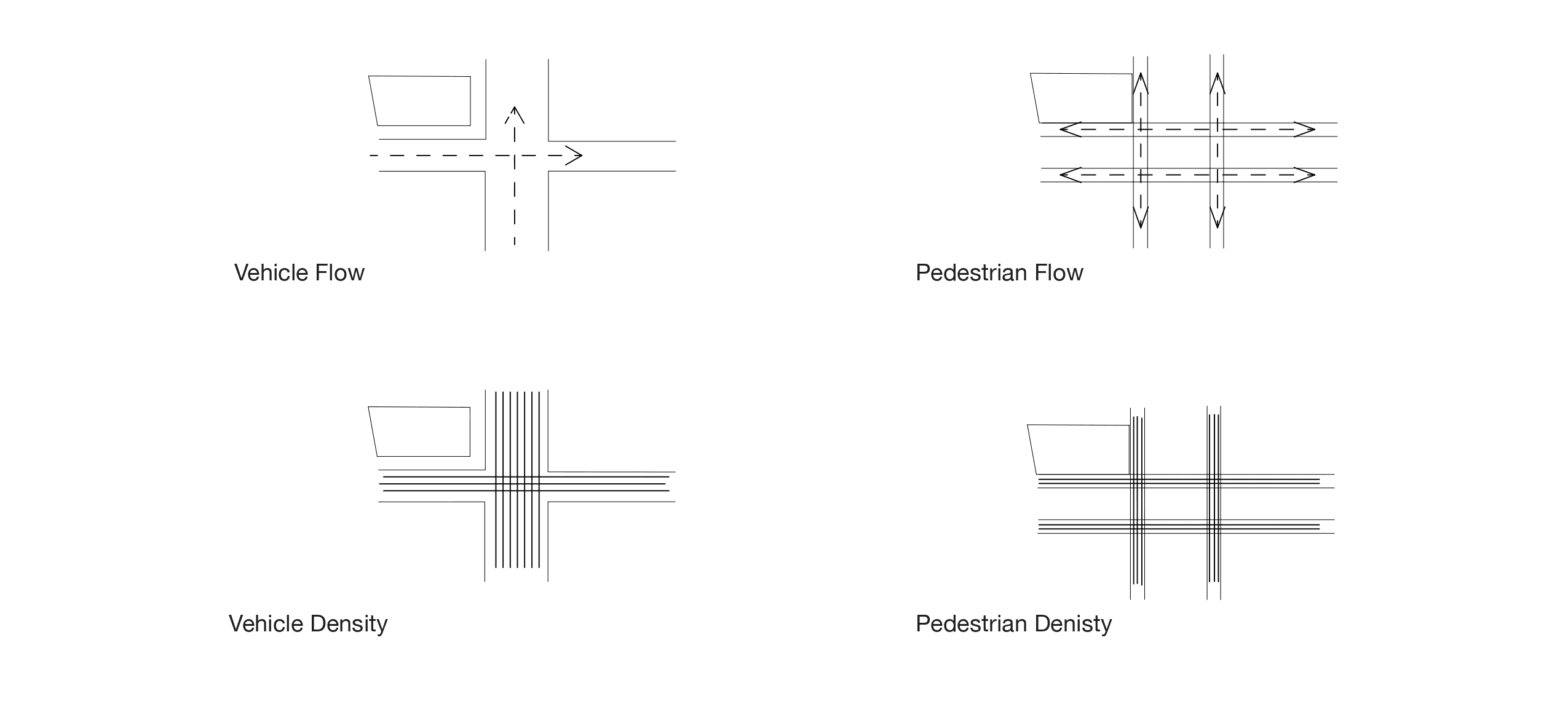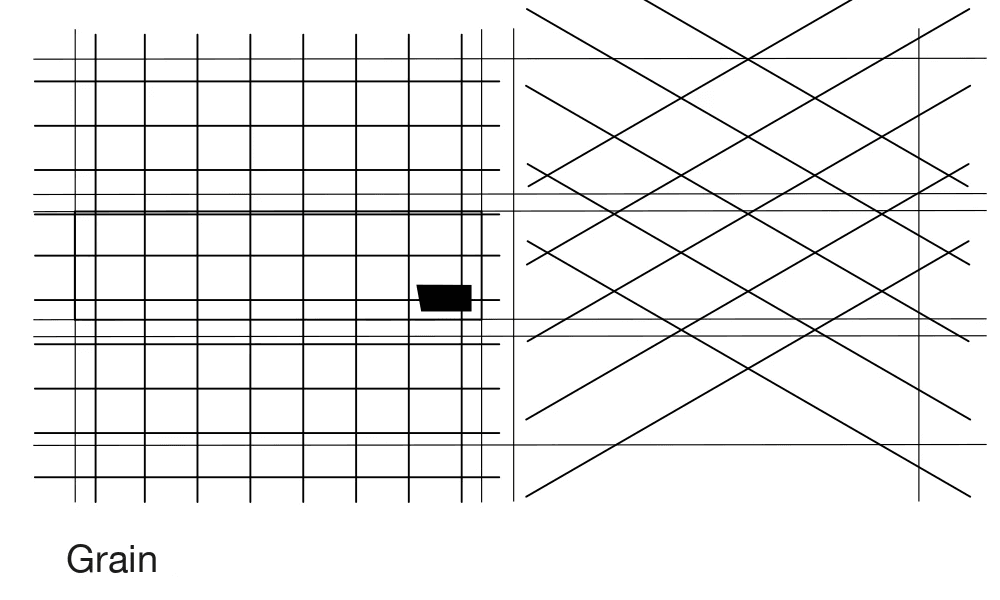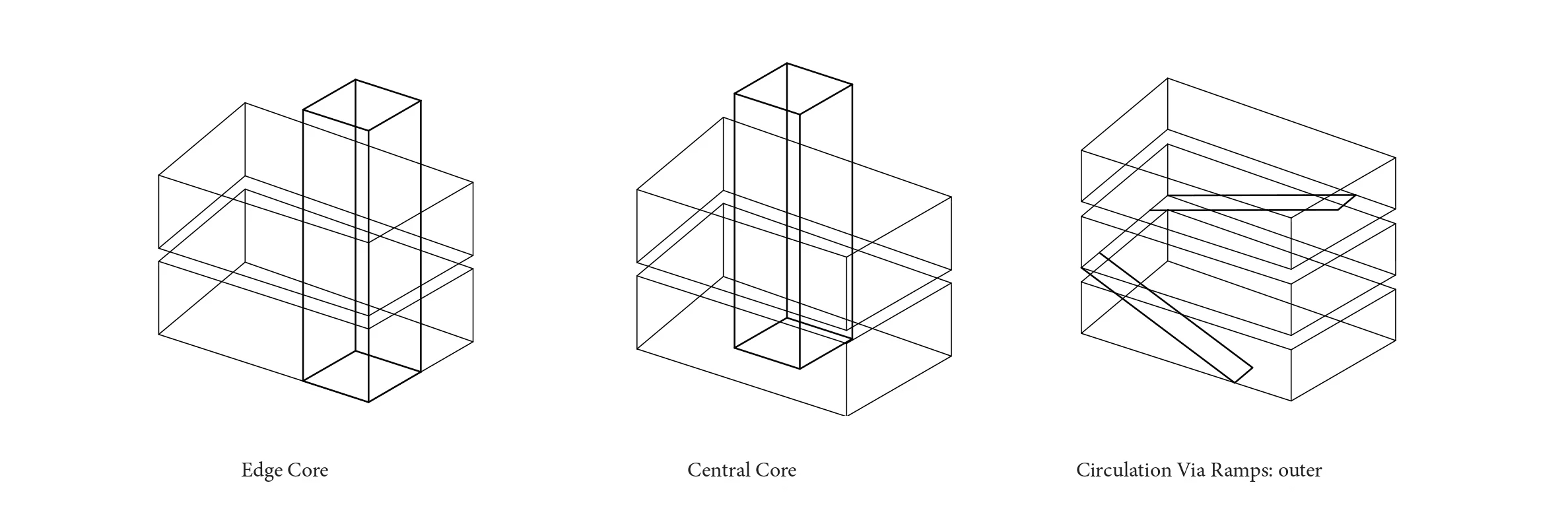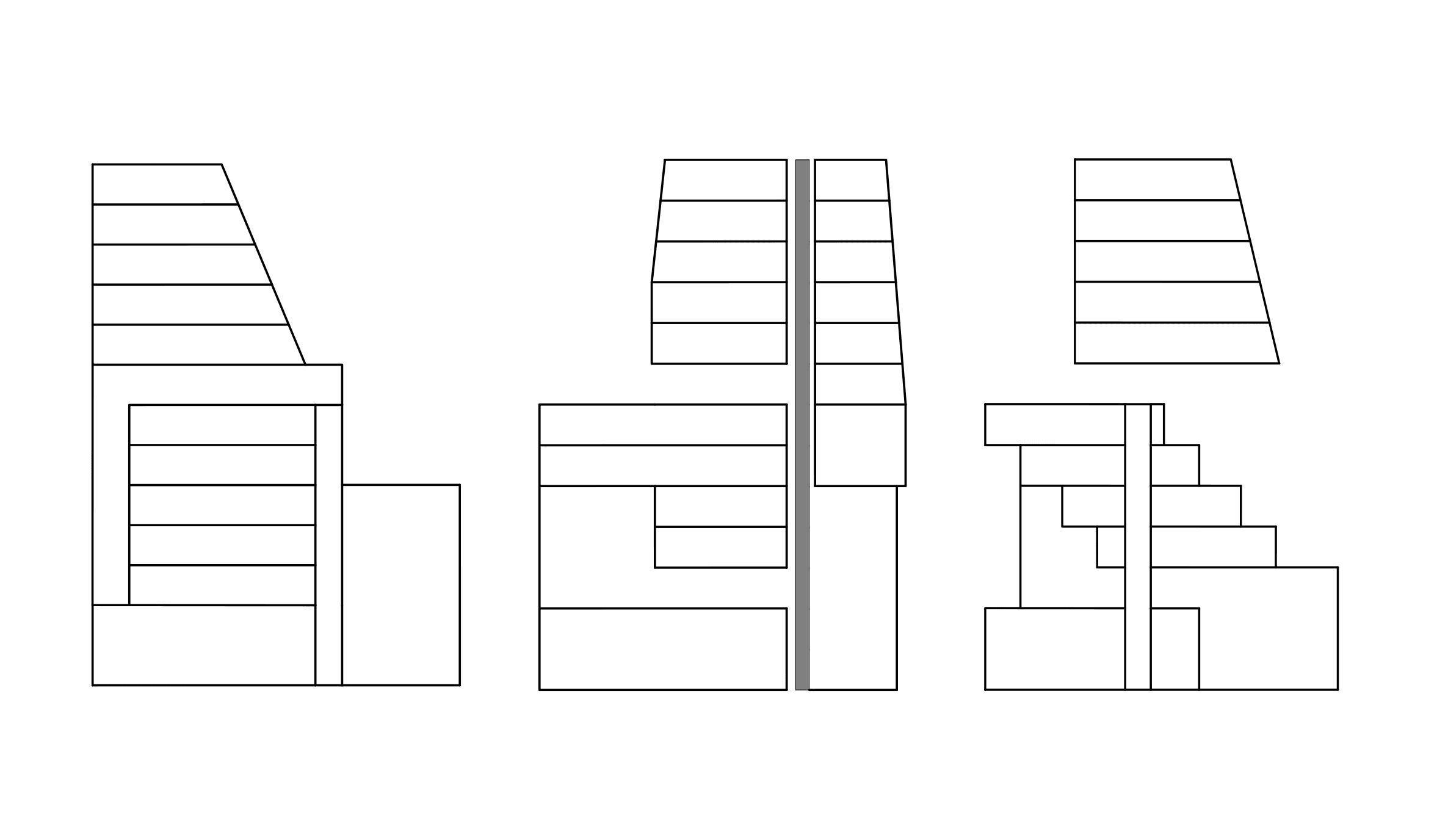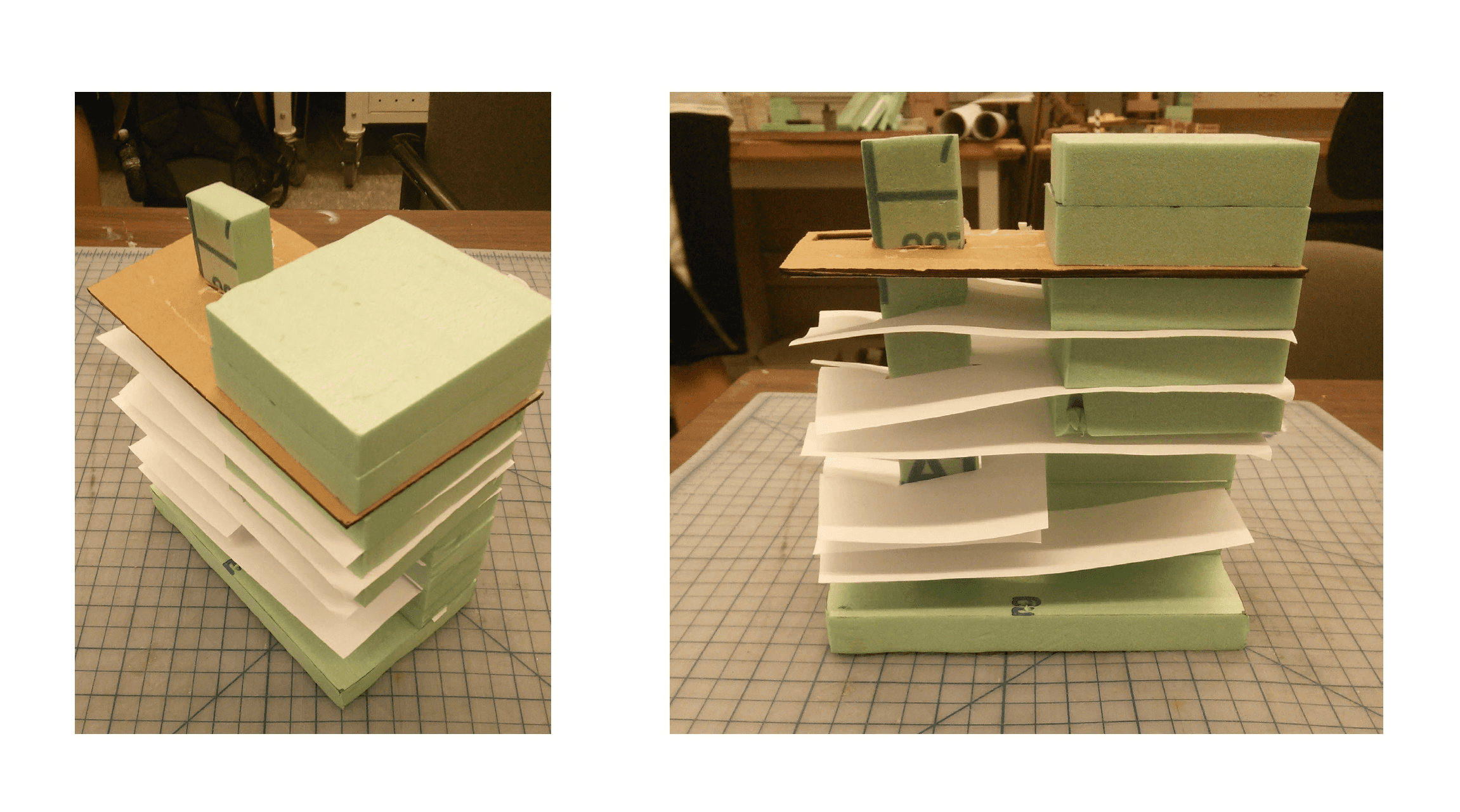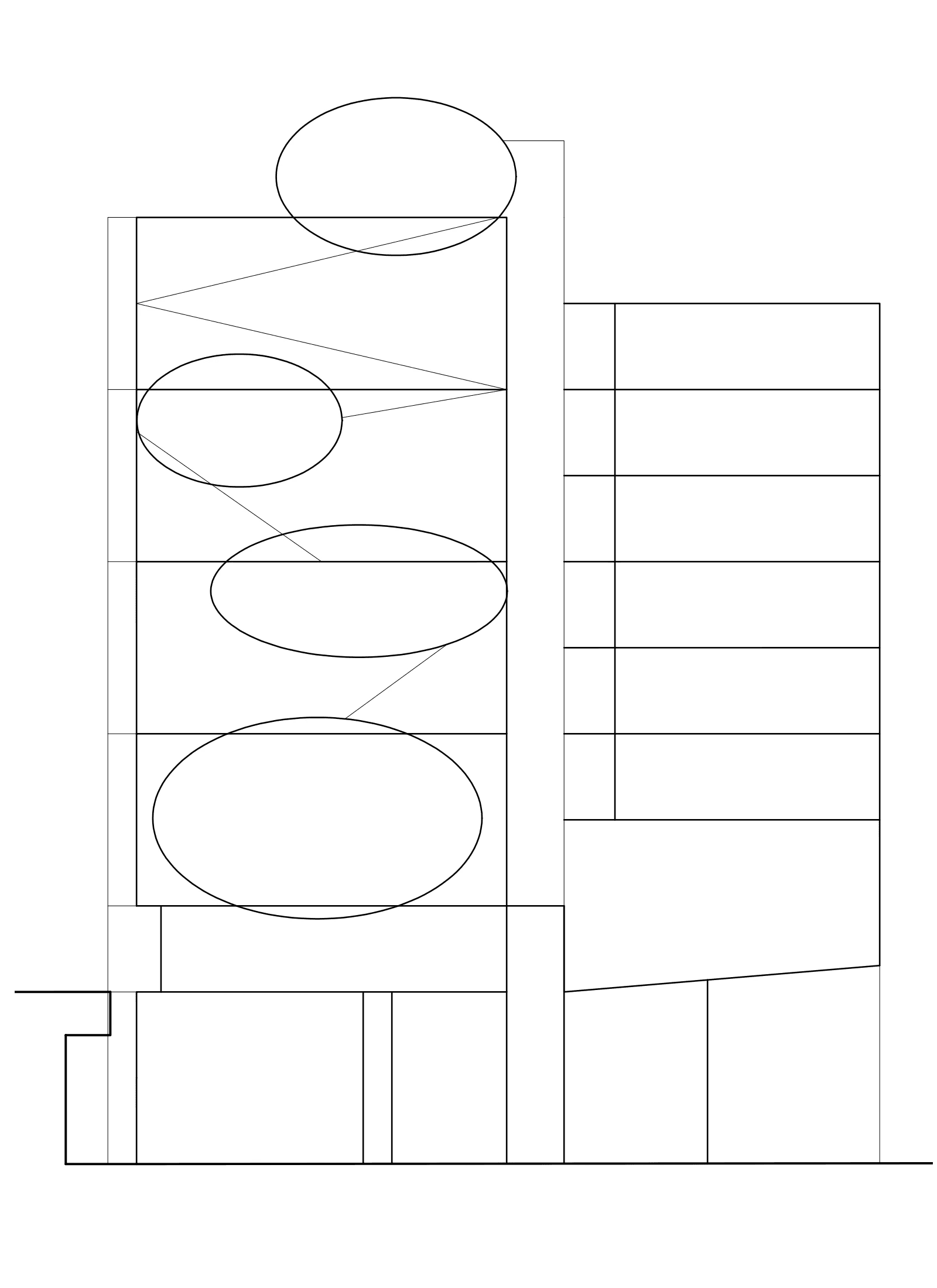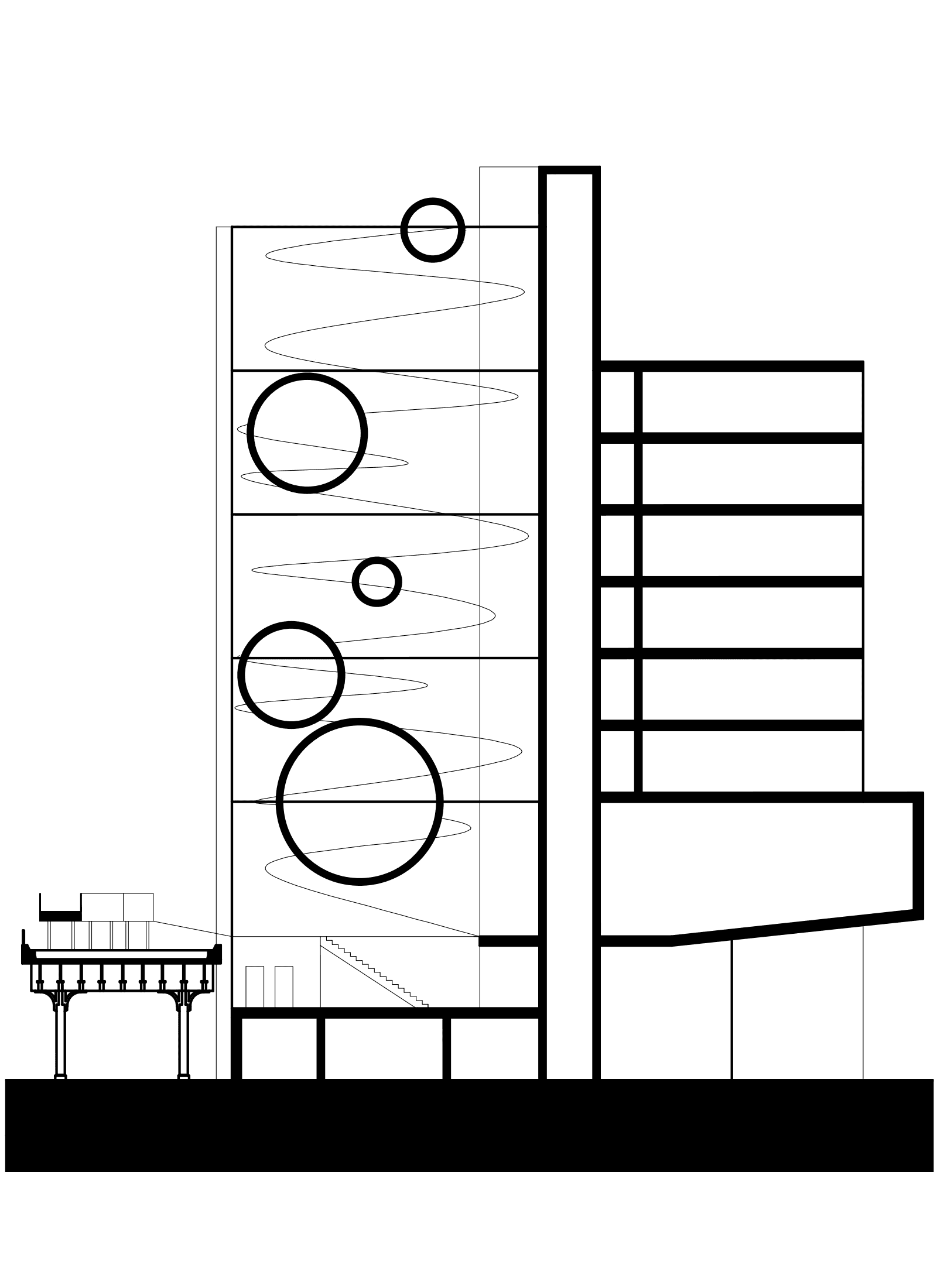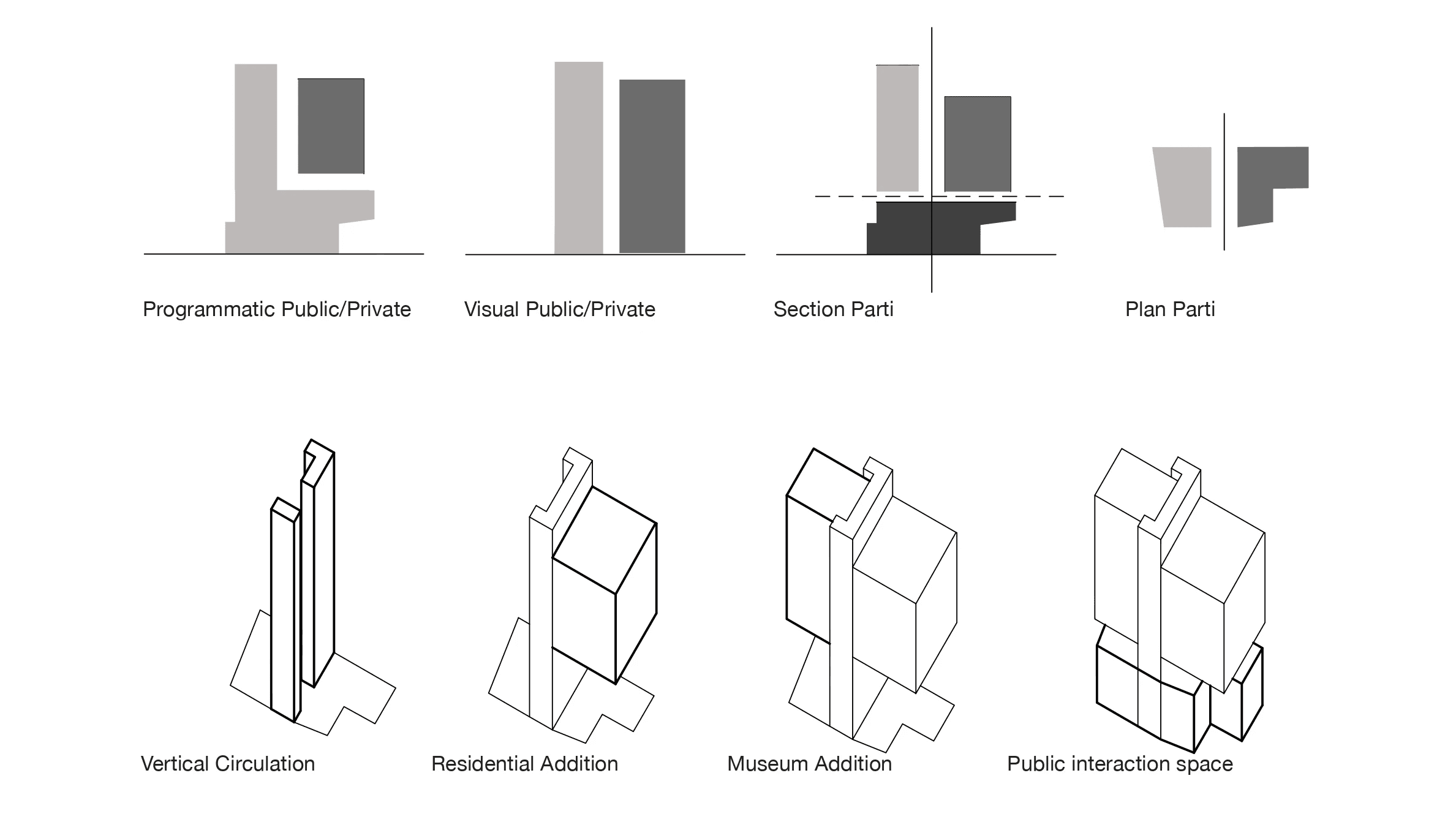form & function
chelsea museum
I was fascinated by the layered history of Chelsea, especially that of the LGBT community. My museum narrates the story of the community through an engaging and dynamic journey.
Research
Understand the historical and physical attributes of location where architecture will be built. This process involved site analysis and precedent analysis- two important research methods to help us discover the genus loci, or spirit of place. In other words, let’s understand the needs of the site before we start to sketch a design or idea.
Conceptualization
Through iterative diagramming and modeling, we begin to develop a concept; what is the spatial organization of spaces? This is where we develop a “problem statement” and begin to understand the direction of our design.
Development
Once we have a general sense of direction we begin developing the design. This is an iterative process similar to wireframing, where we begin with simple drawings like sections, elevations, and floor plans. These drawings will evolve overtime until we have enough detail to convey our design intent.
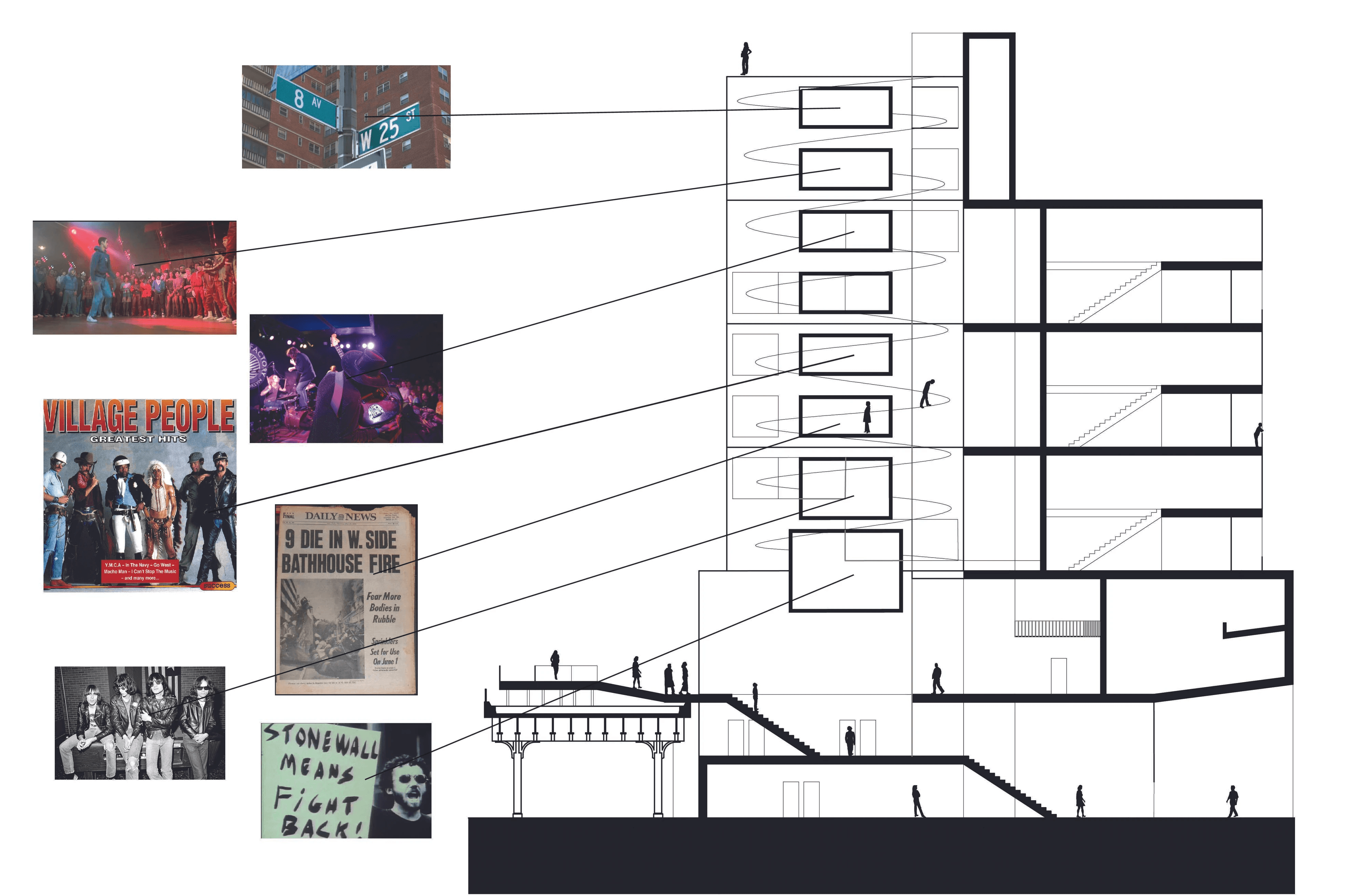
Presentation
We are truly never “done” with a project, but we work meticulously to craft a presentable design for our peers. This is an opportunity to curate our research, process, and architecture and present our design methodology to our peers.

